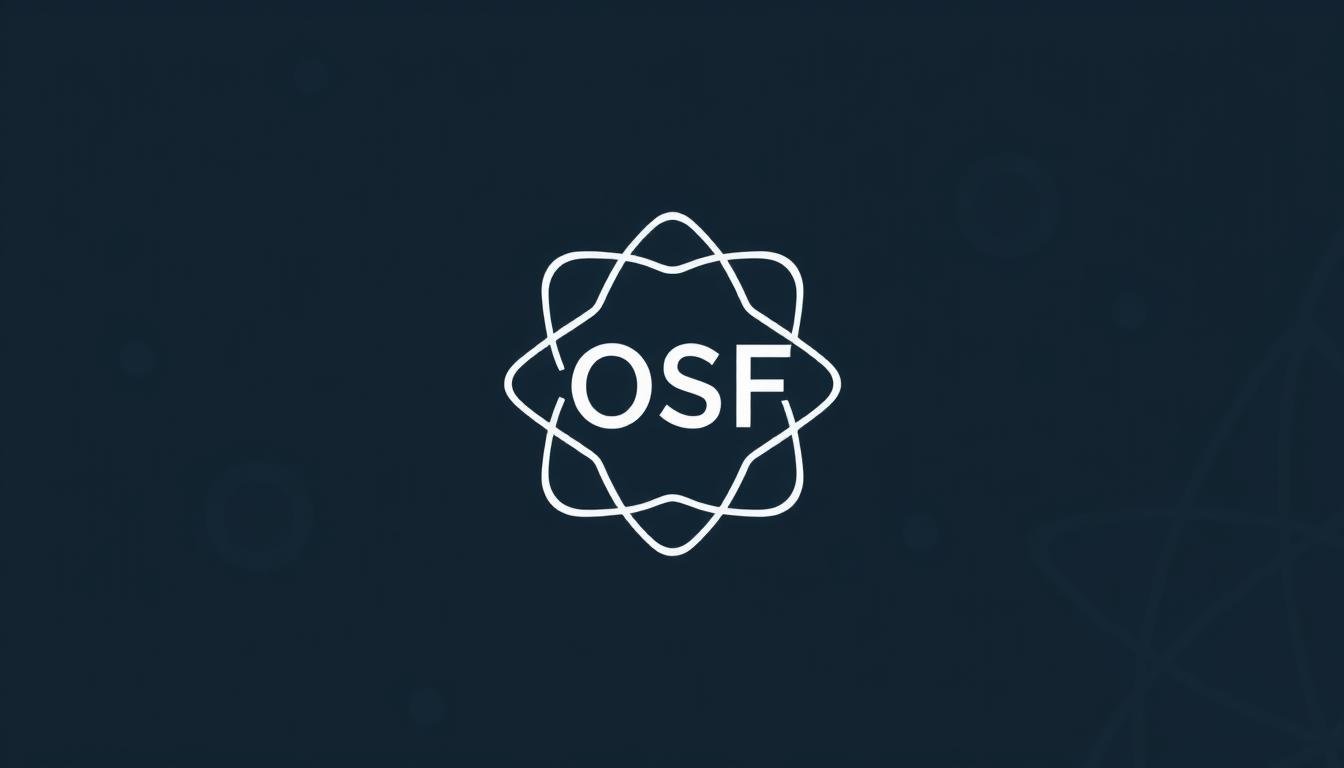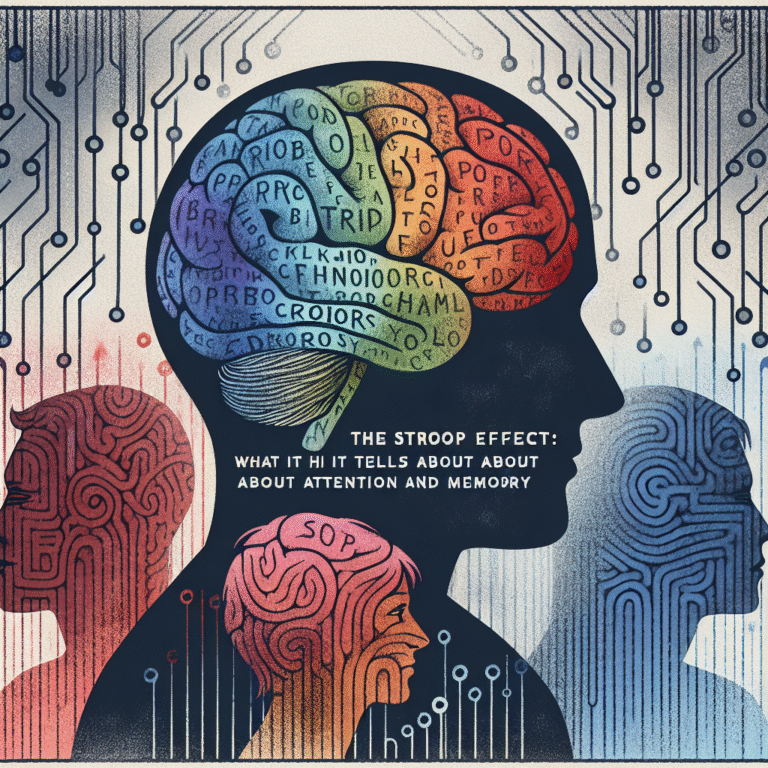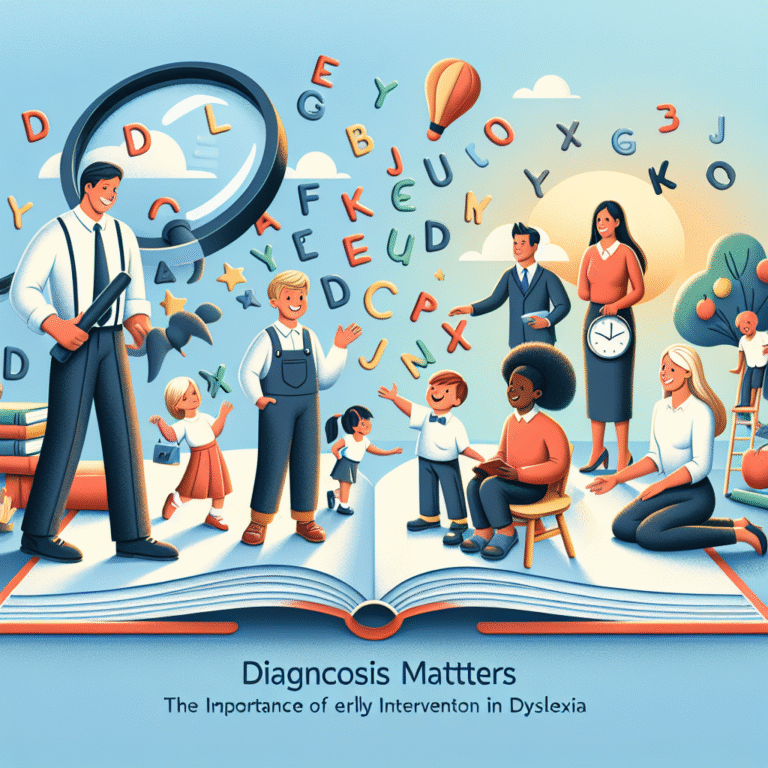
Are traditional research methods slowing down innovation in psychological studies? The shift to Open Science practices is changing the game. It brings more transparency, teamwork, and reliable results.
For Psychology students, getting to know Open Science is key. It means learning about tools like the Open Science Framework (OSF), sharing data, and using preprints. These steps make research better and encourage working together.
Let’s dive into Open Science in Psychology. We’ll see how these changes are making research more open and trustworthy.
Key Takeaways
- Understanding the basics of Open Science and its significance in Psychology.
- Familiarity with the Open Science Framework (OSF) and its applications.
- The importance of data sharing in making research reliable.
- The role of preprints in speeding up research sharing.
- Practical steps for students to start using Open Science in their studies.
What is Open Science in Psychology?
Open Science in Psychology is a big change towards making research more open and reliable. It aims to make psychological studies more trustworthy.
This movement focuses on being open, reproducible, and working together. These ideas help solve old problems in the field.
Core Principles and Values
At its heart, Open Science in Psychology is about making research clear and easy to access. It includes sharing data, planning studies ahead of time, and publishing research openly. These steps help make research reliable and encourage teamwork.
The table below shows the main principles and their benefits:
| Principle | Description | Benefit |
|---|---|---|
| Transparency | Openly sharing research data and methods | Enhances research credibility |
| Reproducibility | Ensuring that findings can be replicated | Increases confidence in research outcomes |
| Collaboration | Fostering cooperation among researchers | Accelerates scientific progress |
The Replication Crisis and Its Impact
The replication crisis in psychology is when many studies can’t be repeated. This has made people question research methods and push for more openness and reliability.

By using Open Science, researchers can tackle the replication crisis. They do this by sharing data and methods and planning studies before starting. This helps avoid p-hacking and other biases.
Embracing Open Science is key for the future of psychology research. It builds a culture of openness, teamwork, and reliability.
Why Students Should Embrace Open Science Practices
As psychology grows, students who use Open Science are ahead. Open Science means research transparency psychology. It helps students work together and make research that can be checked again.

Career Benefits and Skill Development
Open Science boosts a student’s career. It teaches skills like managing data and working together. These skills are wanted in jobs, making Open Science students stand out.
Contributing to Scientific Progress
Open Science lets students help psychology research grow. By sharing data and methods, they can add to research fast. This research transparency also finds and fixes research mistakes, making studies more reliable.
Building Your Academic Reputation
Open Science helps students build a strong academic name. By working on open projects and sharing research, they show their knowledge. This can open doors to collaborations and conference invites.
Getting Started with the Open Science Framework (OSF)
Starting your journey with the Open Science Framework (OSF) is easy. First, you register, then set up your project. The Open Science Framework is a tool for managing projects. It helps with collaborative research methods and open data practices.
Creating Your OSF Account
To start with OSF, create an account. Go to the OSF website and sign up. You’ll need your name, email, and a password. After signing up, you can explore the platform.
After making your account, you’ll get a quick tour. This tour shows you the OSF dashboard. It helps you get used to the platform for your research projects.
Navigating the OSF Interface
The OSF interface is easy to use. When you log in, you see your dashboard and a navigation bar. These help you manage your projects and access OSF features.
Using OSF is straightforward. It has clear labels and menus. There’s also a help section with guides and resources.
Setting Up Your First Project
Setting up your first project is simple. Click “Create New Project” on your dashboard. Then, enter your project’s details like title and contributors. This helps organize your project and work with your team.
Once your project is set up, you can add files and data. OSF lets you control who can see your project. This makes working with others easier while keeping your work safe.
By following these steps, you can use OSF to manage your research. It helps with teamwork and open science in the osf psychology field.
Organizing Research Projects on OSF
The Open Science Framework (OSF) is a great tool for organizing research projects. It helps with teamwork and managing data. Researchers can make their work flow better, keeping everything organized and easy to find.
Project Structure Best Practices
It’s key to have a clear project structure on OSF. Start by making a logical order for your project. Use folders and subfolders to sort different parts of your work. This makes it simple for team members to find what they need.
Here are some tips for a good project structure:
- Give your project a clear and descriptive title.
- Put files into categories like data, documents, and code.
- Use the same names for files and folders.
- Have a README file to explain your project.
| Project Component | Description | Best Practice |
|---|---|---|
| Project Title | Clear and descriptive title | Use keywords relevant to the research |
| File Organization | Logical categorization of files | Use folders and subfolders consistently |
| Naming Conventions | Consistent naming of files and folders | Avoid special characters and use version control |
Using Components and Sub-components
OSF lets you split your project into smaller parts. This makes it easier to organize. You can use components for things like data, analysis, and writing.
Using components well helps in many ways:
- It makes teamwork better by letting you control who can see what.
- It helps manage data by keeping it all in one place.
- It makes your project more visible by letting others see certain parts.
By following these tips and using OSF’s features, you can make a well-organized project. This supports collaborative research methods and open data practices. It helps advance osf psychology.
Collaboration Features in OSF
OSF is a top choice for team work in psychology research. It helps researchers work together better. This makes research more open and easy to check.
Adding Contributors and Managing Permissions
OSF makes it easy to add team members and control what they can do. You can invite people to join your project and decide what they can see or change. Just go to the “Contributors” tab, click “Add Contributor,” and fill in their info. Then, you can choose what they can do, like just read or edit.
Communication Tools Within OSF
OSF has tools for team talk. The “Discussions” feature lets team members chat about project parts. It keeps talks on track and relevant to the project.
Tracking Project Activity
OSF has an activity log to track changes. It shows who did what, like uploading files or changing settings. This log is key for keeping things clear and fair in team projects.
| Feature | Description | Benefit |
|---|---|---|
| Contributor Management | Manage access levels for team members | Enhanced collaboration and security |
| Discussion Forums | Threaded conversations for project discussions | Improved communication among team members |
| Activity Log | Chronological record of project changes | Increased transparency and accountability |
Using these tools, researchers can make their projects better on OSF. This helps in making research more open and team work better. It’s good for research transparency psychology and collaborative research methods.
Preregistration: Planning Your Research in Advance
In the world of open science, preregistration is key to making research more transparent. By planning and documenting their research before starting, researchers can cut down on bias. This makes their findings more credible.
Why Preregister Your Studies
Preregistration means registering your research plan, hypotheses, and analysis before collecting data. It helps avoid p-hacking and other biases. By sticking to a plan, researchers can make their results more valid and reliable.
Benefits of Preregistration:
- Increased transparency
- Reduced risk of bias
- Improved research credibility
Step-by-Step Preregistration Guide
To preregister a study, follow these steps:
- Choose a registry: Options include the Open Science Framework (OSF), ClinicalTrials.gov, or other domain-specific registries.
- Create an account: Sign up on your chosen registry platform.
- Fill out the registration form: Provide details about your study, including its title, hypotheses, methodology, and planned analyses.
- Submit your registration: Review your entries for accuracy and completeness before submission.
After registration, you’ll get a timestamped record of your research plan. You can share or embargo it as you prefer.
Handling Deviations from Preregistered Plans
While preregistration encourages sticking to a plan, sometimes changes are needed. If this happens, it’s important to:
- Document the deviation: Clearly explain the reason for the change.
- Justify the change: Provide a rationale for why the deviation was necessary.
- Update your registration: Amend your preregistered plan to reflect the changes, maintaining transparency.
By handling deviations openly, researchers can keep their research integrity. They can also adapt to challenges that come up during the research process.
Data Management Fundamentals for Reproducibility
To make research reproducible, it’s key to focus on good data management. This means organizing, storing, and sharing data well. It helps with research transparency and open data practices.
File Organization Systems
A good file system is vital for keeping research data safe. It involves making a clear folder structure and using clear file names. Also, keeping detailed records of data files is important. This makes data easy to find and understand, helping with teamwork and checking work.
Version Control Basics
Version control systems track changes in data and code. They help researchers work together smoothly and keep a record of changes. Tools like Git make it easy to manage different versions of a project. This is very important in reproducibility psychology, where small changes can greatly affect results.
Reproducible Analysis Workflows
To make analysis workflows reproducible, document every step. Use scripted analyses, document code, and share data and materials. These steps make research more reliable and transparent.
Ethical Considerations in Data Sharing
As research becomes more open, it’s key to understand the ethics of sharing data. Researchers must handle complex issues to keep their work honest and responsible. This ensures their work meets the highest standards.
Privacy and Confidentiality Concerns
Protecting participant privacy and confidentiality is a major ethical issue. Researchers must remove or anonymize identifiable information to avoid harm. They should use secure data sharing platforms and data masking techniques.
For example, they can use data swapping or add noise to sensitive data. Secure data repositories with access controls and audit trails are also helpful.
Informed Consent for Open Data
Getting informed consent from participants is vital. Researchers must tell participants how their data will be used and shared. They should discuss the risks and benefits and let participants opt-out if they want.
Transparency is key in informed consent. Researchers should explain their data management plans and how participants can access the data.
Navigating Institutional Requirements
Researchers must follow their institution’s rules and regulations on data sharing. This means understanding policies from funding agencies and review boards. They should know any specific rules in their field or institution.
| Institutional Requirement | Description | Impact on Data Sharing |
|---|---|---|
| IRB Approval | Obtaining approval from the Institutional Review Board for data sharing plans | Ensures ethical compliance and participant protection |
| Funding Agency Policies | Adhering to data sharing policies mandated by funding agencies | Influences data management and sharing practices |
| Data Storage Guidelines | Following guidelines for secure data storage and sharing | Affects how data is stored and accessed |
Preparing Data for Sharing
Getting data ready for sharing is key to making research in psychology open and reliable. As we move towards openness, researchers must make sure their data is easy for others to understand. This means taking steps to improve the data’s quality and use.
Data Cleaning and Documentation
The first thing to do is clean and document the data well. Data cleaning means fixing errors, dealing with missing data, and making sure everything is consistent. Documentation should explain how the data was collected, what each variable means, and any changes made. This keeps the data reliable and easy to use.
Creating Codebooks and README Files
It’s also important to make codebooks and README files. A codebook gives detailed info on each variable, like names and values. A README file introduces the dataset, explaining its purpose and how to use it. These help others understand and use the data right.
Choosing Appropriate File Formats
Choosing the right file format is also key. Formats like CSV for tables and RData or .sav for stats are common and easy to open. It’s good to share data in formats humans can read, like spreadsheets. The format should be easy to use but also last long.
By following these steps, researchers can share data that’s useful to others. This boosts research transparency and helps advance open data in psychology.
Sharing Research Materials and Protocols
Open science in psychology stresses the need to share research materials and protocols. This helps in collaborative research methods. It makes studies more transparent and easier to replicate, helping the field grow.
Documenting Experimental Procedures
It’s key to document experimental procedures when sharing research. This means keeping detailed records of methods, tools, and software used. It makes studies reproducible and allows others to expand on the work. A good protocol includes:
- Step-by-step instructions for conducting the experiment
- Descriptions of the stimuli used
- Details about data analysis procedures
Sharing Stimuli and Instruments
Sharing stimuli and instruments boosts study replicability. This includes visual, auditory, or survey materials, and software code. It helps compare results and fosters teamwork in research.
| Resource Type | Description | Benefits of Sharing |
|---|---|---|
| Experimental Protocols | Detailed step-by-step guides for conducting experiments | Enhances replicability, promotes transparency |
| Stimuli and Instruments | Materials used in experiments, such as images or surveys | Facilitates comparison across studies, reduces duplication of effort |
| Data Analysis Code | Code used for analyzing research data | Promotes reproducibility, allows for verification of results |
Creating Reusable Research Components
Creating reusable components means designing materials and protocols for future studies. This could be modular designs or flexible surveys. It helps build a library of open science resources, pushing open-access publications in psychology forward.
Understanding Preprints in Psychology
Preprints are becoming more popular in psychology. They let researchers share their work early and openly. These are versions of research papers that are shared before they get peer review.
What Are Preprints and Why Use Them
Preprints help researchers share their findings fast. This is great for psychology because research can change theory and practice quickly. It also lets researchers get feedback early.
- Accelerate the dissemination of research findings
- Facilitate early feedback from the scientific community
- Establish precedence for research discoveries
Major Preprint Servers for Psychology
PsyArXiv and bioRxiv are top choices for psychology researchers. These platforms let researchers share their work openly. They also get feedback from the community.
Preprints and Journal Publication
Some worry about preprints and journal publication. But, many psychology journals now accept preprints. They see preprints as a way to make research more visible and impactful.
Creating and Submitting Your First Preprint
Preprints let researchers share their work early. This way, they get feedback from the scientific community. By using preprint servers, you can share your findings quickly. This helps advance collaborative science.
Preparing Your Manuscript
Before you submit your preprint, make sure your manuscript is ready. Follow the guidelines of the preprint server, like PsyArXiv for psychology. Your document should have an abstract, introduction, methods, results, and discussion.
Also, include any extra materials that help understand your research better.
| Manuscript Section | Description |
|---|---|
| Abstract | Brief summary of the research |
| Introduction | Background and context of the study |
| Methods | Detailed description of the research methodology |
Submission Process and Best Practices
To submit, create an account on the preprint server. Then, upload your manuscript and add metadata like keywords. Choose the right categories for your research to reach the right people.
It’s best to share your data and materials with your preprint. This boosts research transparency psychology.
Responding to Community Feedback
After you submit, you’ll get feedback from others. This might be comments on the server or online discussions. Answering feedback well can improve your research and create a collaborative space.
By accepting feedback, you contribute to open-access publications and move your field forward.
Open Science Resources for Psychology Students
Open science is changing psychology, and students have many resources to help. These tools make it easier to understand and use open science in their studies.
Learning Communities and Forums
Students can join many learning groups and forums to learn about open science. The Open Science Framework (OSF) is a great place to start. It helps with teamwork and sharing ideas. Reddit’s r/OpenScience is also good for asking questions and talking about open science.
Helpful Tools and Software
There are many tools and software programs to help students with open science. For managing data, OSF and JASP are excellent choices. For stats, R and JASP make it easy to share and check your work.
| Tool/Software | Description |
|---|---|
| OSF | Open Science Framework for project management and collaboration |
| JASP | Statistical analysis software with a user-friendly interface |
| R | Programming language for statistical computing and graphics |
Open Science Training Opportunities
There are many chances for students to learn about open science. Workshops and online courses on Coursera and edX teach important skills. Universities are also adding open science to their classes, giving students real experience.
“The future of psychology research depends on our ability to embrace transparency, collaboration, and reproducibility. By leveraging available resources and training opportunities, students can play a critical role in shaping this future.”
Conclusion: Building an Open Science Future
As we move forward in psychological research, Open Science is key. It helps us build a culture of openness and teamwork. By using open data and tools like the Open Science Framework (OSF), students can make a big difference.
Open Science in Psychology makes research more reliable and encourages teamwork. When we share our data, methods, and findings, we help each other grow. This speeds up our discoveries.
Students today have a chance to change the future of psychology. By using Open Science, they can help make research more open, collaborative, and reliable.
Adopting Open Science is a step towards a better future for psychology. We need to keep supporting and spreading these practices. This will help our field keep growing.

















